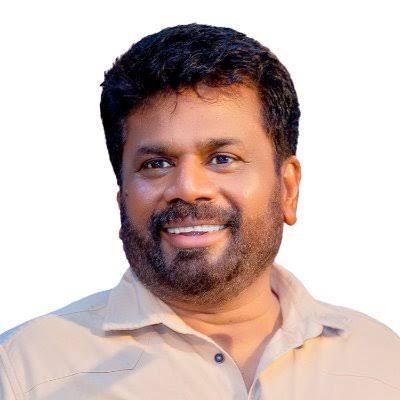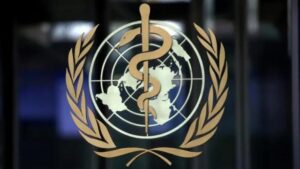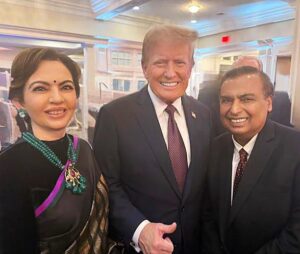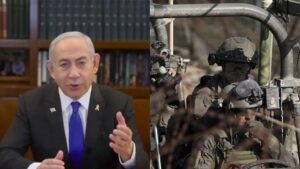Rather than being Left, Dissanayake regime is part of system
3 min read
P J James
Victory of Anura Kumara Dissanayake as Sri Lankan President is celebrated as the first-time victory of a so called Marxist leader in the entire history of Sri Lanka. Obviously, as a manifestation of the extreme political crisis confronting Sri Lanka today, since Dissanayake could not get the mandatory 50 percent of votes in the first round, he could manage his victory only through a counting of the second round of preferential votes.
Of course, the victory of Dissanayake is the outcome of Sri Lankan people’s disgust with traditional right-wing and neoliberal parties, as manifested in the 17% and 2.5% vote share respectively to Ranil Wickremesinghe and Rajapaksha, who were main contenders for the presidential post. In the background of the economic collapse arising from far-right neoliberal policies and escalating foreign debt, since 2022, Sri Lanka was witnessing a remarkable and praiseworthy people’s upsurge known as “Aragalaya”, a unique anti-establishmentarian political-cultural activism in which revolutionary forces with a clear-cut anti-corporate and people-oriented program also played a leading role. Among other things, the downfall of the notorious Rajapaksa family including it’s stranglehold over national politics coupled with the decline of traditional ruling class parties was the result of Aragalaya.
The emergence of National People’s Power (NPP), electoral front of erstwhile JVP led by Dissanayake, though left-leaning but diluting it’s declared economic positions and embracing many of the ruling class agenda, as a major contender of power, is another outcome of Aragalaya. Obviously, erosion of public support for traditional neoliberal parties enabled NPP to gain steady support of the people. However, a glance at Dissanayake’s pre and post-election comments reveals a different perspective on most of the crucial political-economic problems of Sri Lanka, and they are not at all in conformity with the heightened progressive-democratic consciousness and inspiration relayed by Aragalaya.
Most important is the conspicuous reluctance on the part of Dissanayake, a self-professed Marxist, to scrap Sri Lanka’s $2.9 billion IMF bailout package with its most stringent anti-people and pro-corporate conditionalities. NPP’s view on IMF deal as a ” binding document” is revealing. This goes against the very spirit of Aragalaya’s perspective of tearing up the IMF deal. Instead, what Dissanayake now proposes is a “dialogue” and engagement with IMF, which is symptomatic of his outright embrace of neoliberal policies and surrender to US-led imperialist diktats. And the prompt greetings that he has received from the ruling regimes of both China and India with their respective imperialist-expansionist designs do not augur well for the Sri Lankan people in the days to come.
Further, it is a fact that NPP could not gain the support from North, East and Central provinces of Lanka where the minority nationalities including Tamils are concentrated. In view of JVP’s ideological opposition and historically complex relation with Tamil minority question, though there is no dearth of reconcilation rhetoric now, it will not be an easy task for Dissanayake to appropriately address the issue in the coming days.
To be precise, therefore, from the available evidence, it is becoming clear that on crucial political-economic questions, including his proposal for an export-led growth for Sri Lanka, Dissanayake will be forced to pursue a pragmatic approach in his priorities without taking an anti-establishmentarian and anti-systemic position. As things stand now, any hope that the Dissanayake regime will resolve the crisis confronting Sri Lanka from a people’s perspective is only a wishful thinking







